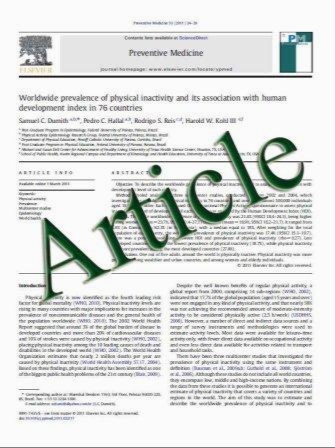Testis structure, spermatogenesis, spermatocytogenesis, and sperm structure in cardinal fish (Apogonidae, Perciformes)
- نوع فایل : کتاب
- زبان : انگلیسی
- مؤلف : Lev Fishelson Æ Yacob Delarea Æ Ofer Gon
- چاپ و سال / کشور: 2005
Description
The testes in all 16 of the studied cardinal fish species are shown to be bilobed, with spermatogonia dispersed throughout the gametogenic epithelium of the seminiferous tubules. Each testicular lobe is covered luminally by an epithelium consisting of primary germ cells and Sertoli cells. At maturation the seminiferous tubules reach around 0.6–2.3 mm in length. They number from 60 in the smallest species to over 300 in the largest one, increasing both in dimension and number with increase in length of the male, and are speciesspecific. The highest number of spermatogonia is found at the apical ends of the tubules. During maturation extensions of Sertoli cells surround single or small groups of B-spermatogonia, forming the spermatocysts, the final dimensions of which reflect the final number of contained spermatozoids. Back-calculations of serial sections reveal that within the spermatocysts the spermatogonia undergo eight generations of mitotic divisions before the first and second meiotic divisions and formation of spermatids. The largest mature spermatocysts in large species attain around 180 lm in diameter, a volume of 25 mm3, and contain around 8,200 spermatids. The total volume of sperm in the mature spermatocysts leaves enough space for the discarded cytoplasm and developing flagella. The bursting cysts liberate the ripe sperm and maturing spermatids, into the tubule lumen and spermduct, with the spermatids often still connected by cytoplasm bridges. The sperm, with one or two flagella, features round or oval heads and a cytoplasmic collar bearing a few mitochondria. The percentage of biflagellate or monoflagellate sperm differs in proportion in males of different lengths and in different species. Differences in spermatogenesis of small and larger species of cardinal fish are discussed.
Anat Embryol (2006) 211: 31–46 Accepted: 6 September 2005 / Published online: 17 November 2005


